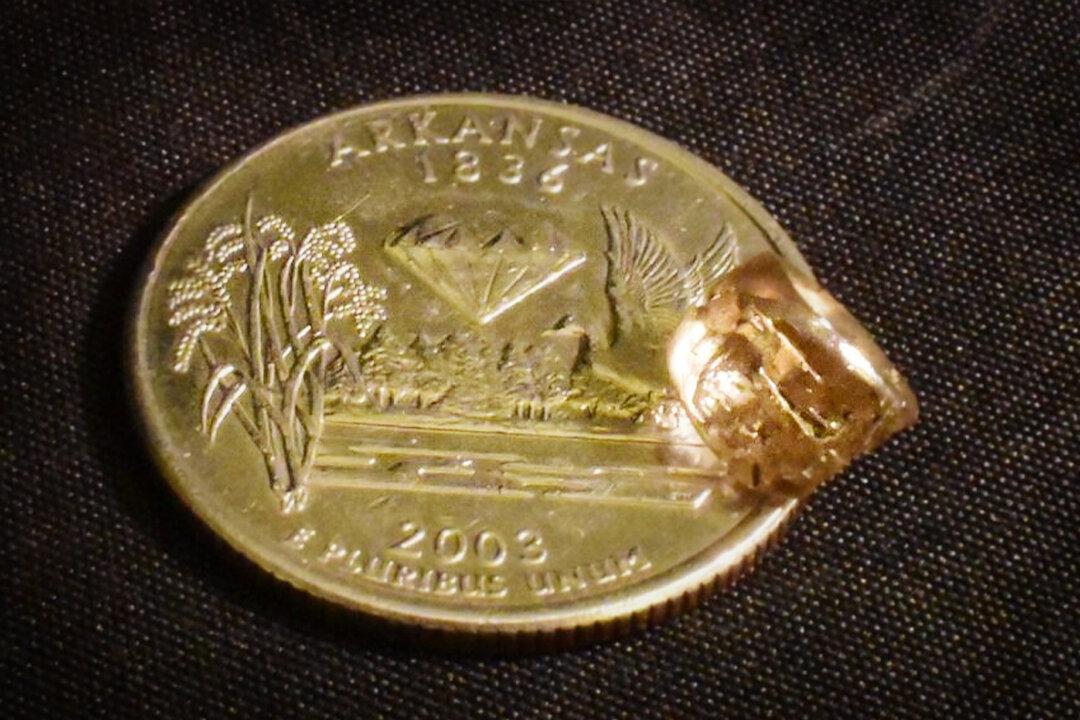The full Hunter’s Moon—a moon known for its extra-bountiful glow in autumn, one that traditionally helped hunters harvest venison into the late evening, before the winter freeze—will rise on Oct. 17. It will loom larger and brighter than ever. The reason?
It will be a supermoon. But not just any supermoon.






